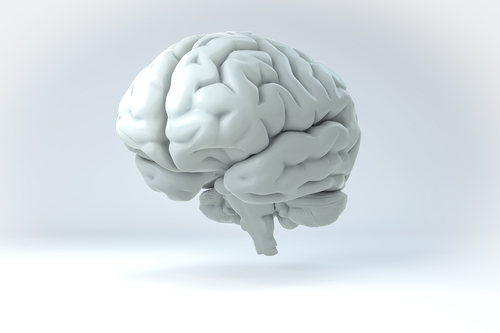 The American Academy of Neurology (AAN) has updated its 2008 guidelines on the use of botulinum toxin for spasticity, cervical dystonia, blepharospasm and migraine headache, based on recent research. The guideline is published in the April 18, 2016, online issue of Neurology, the medical journal of the American Academy of Neurology, and will be presented at the 68th AAN Annual Meeting in Vancouver, Canada, April 15 to 21, 2016.
The American Academy of Neurology (AAN) has updated its 2008 guidelines on the use of botulinum toxin for spasticity, cervical dystonia, blepharospasm and migraine headache, based on recent research. The guideline is published in the April 18, 2016, online issue of Neurology, the medical journal of the American Academy of Neurology, and will be presented at the 68th AAN Annual Meeting in Vancouver, Canada, April 15 to 21, 2016.
The updated guideline covers four neurologic disorders: spasticity in adults, which is muscle tightness that interferes with movement typically following a stroke, spinal cord or other neurologic injury; cervical dystonia, a disorder of the brain affecting neck muscle control that causes involuntary head tilt or neck movement; blepharospasm, a movement disorder that causes the eyes to close uncontrollably; and chronic and episodic migraine. Chronic migraine is defined as attacks that occur 15 or more days per month, with at least eight of those attacks having migraine features. In episodic migraine, attacks occur less often.
Botulinum toxin is made by a certain type of bacteria. The drug works to block release of substances at nerve endings, which, from effects in different nerves, will lead to reduced muscle contraction and less transmission of pain signals. Four preparations of botulinum toxin are available in the United States, and they are not interchangeable. The guideline update assessed each formulation separately for each condition. To develop the guideline, researchers reviewed all available scientific studies on the topic.
The guideline determined that botulinum toxin is generally safe and effective for treating spasticity in adults, cervical dystonia, blepharospasm and chronic migraine, according to guideline author David M. Simpson, MD, with the Icahn School of Medicine at Mount Sinai in New York, NY, and a Fellow of the American Academy of Neurology.
One change from the earlier guidelines is the recommendation on chronic migraine. In 2008, not enough evidence was available to make any recommendation on the use of botulinum toxin for chronic migraine. Now there are well-designed studies that support the effectiveness of onabotulinumtoxinA to reduce how often migraine headaches occur. However, the studies showed that the benefit from the drug was small. In the four weeks after the first treatments, people had about 15 percent fewer days of headache compared with a placebo or dummy injection.
Spasticity has many causes, including multiple sclerosis, stroke and head or spinal cord trauma. For upper limb spasticity, three of the drug formulations–abobotulinumtoxinA, incobotulinumtoxinA, and onabotulinumtoxinA– are effective in reducing excess muscle tone and should be offered. One formulation, rimabotulinumtoxinB, is probably effective and should be considered. For lower limb spasticity, abobotulinumtoxinA and onabotulinumtoxinA are effective and should be offered.
For cervical dystonia, abobotulinumtoxinA and rimabotulinumtoxinB are effective and should be offered. OnabotulinumtoxinA and incobotulinumtoxinA are probably effective and should be considered.
Few well-designed studies have been done on blepharospasm. The guideline states that onabotulinumtoxinA and incobotulinumtoxinA are probably effective and should be considered. AbobotulinumtoxinA is possibly effective and may be considered.
The 2008 guidelines also covered other disorders such as essential tremor, hemifacial spasm and disorders of the voice. For those other disorders, no new evidence was available at the time the guideline update was initiated that would change the conclusions, so they were not included in this update.
Filed Under: Drug Discovery




